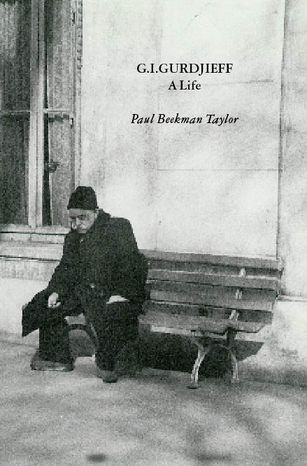
G.I.
GURDJIEFF, A LIFE
Paul
Beekman Taylor
Relying on extant evidence, this biography begins with a broad survey of known facts concerning his family and his upbringing, including a review of the conflicting evidence of the exact date of his birth. Taylor traces the likely movements of Gurdjieff in Asia and in Russia at the beginning of the twentieth century, and details his work from 1915 until the end of his life forty-four years later.
Previously ignored information about Gurdjieff during this period is noted on his various passports, beginning with his 1920 Armenian passport, the Nansen passport which he carried in Germany and France, the German 'Fremdenpass' he acquired in New York in the mid-thirties, and finally a French passport he obtained in the mid-forties.
Taylor accumulates information from many sources concerning Gurdjieff's relations with prominent Americans who supported his Institute For The Harmonious Development of Man financially during the last twenty-five years of his life. He outlines his attempts to establish the Institute in the United States at Olgivanna and Frank Lloyd Wright's Taliesin East in Wisconsin, Mabel Luhan's ranch in Taos, New Mexico, Marjorie Content and Jean Toomer's Mill House in Doylestown, Pennsylvania, and New York City where his emissary, A. R. Orage, had formed a well-organized and faithful body of followers of Gurdjieff's ideas since 1924.
This biography
stands apart from other biographical writings about Gurdjieff by emphasizing
his relations with the many children for whom he played a fatherly role
in the Caucasus, Fontainebleau, and New York City. It includes as well
a review of Gurdjieff's misunderstood relations with the women who bore
his children. In effect, this scan of his life covers virtually every
significant aspect of his extraordinary life.
BACK